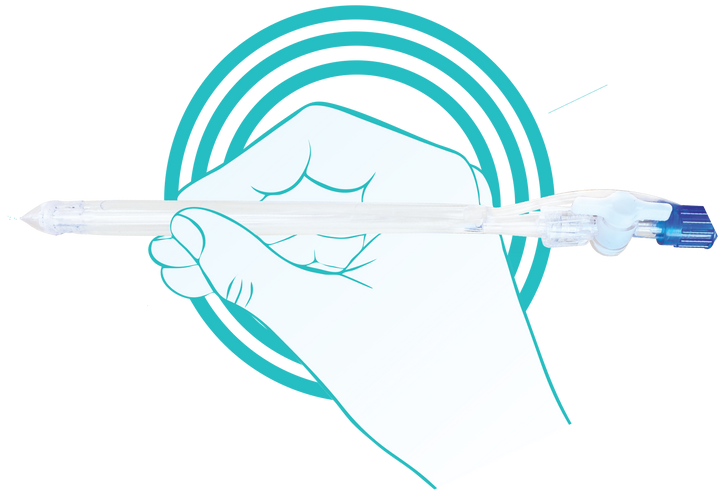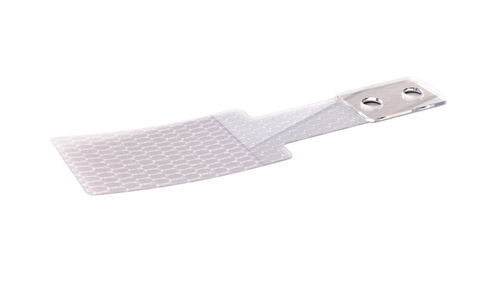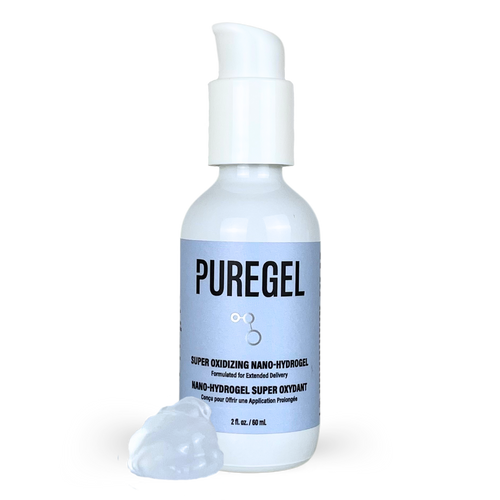
Safe, effective, thoughtfully designed
solutions to some of wound care’s
biggest challenges.
Advanced Wound Cleansers & Gels
Safe and non-cytotoxic, yet powerful hypochlrous acid-based antimicrobial cleansing solutions for wounds, skin, and burns.
Hydro-Debridement Devices
Harnessing the gentle-yet-effective force of a liquid solution to establish an optimal wound bed environment, ready for healing.

Advanced Suture Retention Devices
Products that support surgeons in achieving secure, reliable closures and reduce complications—even in challenging high-tension areas.

Safety or efficacy?
We won’t make you choose.
PURE HYPOCHLOROUS ACID (HOCl) WOUND CLEANSING DEVICES

As a pure hypochlorous acid (HOCl) wound solution, PureCleanse™ is highly effective against a wide range of microorganisms including gram negative and positive bacteria, antibiotic resistant strains, viruses, fungi, yeasts, and prions¹.
The best part? PureCleanse™ pairs this proven efficacy with the safety profile of saline. The time has truly come for cytotoxic alternatives like chlorhexidine and povidone iodine to step aside. Even safe-as-ever saline can’t compete with the HOCl’s combination of safety and efficacy.
for better patient outcomes.
Discover how PureCleanse™ and PureGel™ can transform your patient care experience. Take your first step towards better outcomes today.
Get Started
The right way to clean
& debride wounds.
JET LAVAGE HYDRO-DEBRIDEMENT DEVICES

There are many types of debridement—the process of removing debris, slough, or exudate from a wound. But perhaps the safest, most comfortable method is hydro-debridement which harnesses the gentle-yet-effective force of a liquid solution to establish an optimal wound bed environment, ready for healing.
Few methods—if any—have this unique combination that hydro-debridement possesses:
- Patient comfort
- Ease of use
- Effectiveness
- Safety
- Portability
- Liquid solution compatibility

Prevent and manage
wound dehiscence.
SUTURE RETENTION DEVICES

Surgical wound dehiscence (SWD) is the most common postoperative problem encountered in foot and ankle surgery and affects up to 39% of lower extremity amputations.² Worse still, non-traumatic lower extremity amputations in diabetic patients are complicated by wound dehiscence in up to 80% of cases.³
The HEMIGARD® Adhesive Suture Retention Device (ASRD) reduces lower extremity excisional wound dehiscence by more than 80% while reducing fragile skin tearing and improving wound edge perfusion.⁴⁻⁵

HEMIGARD© Adhesive Suture Retention Device (ASRD)
HEMIGARD® ASRD reduces wound dehiscence by more than 80%. The device has zones of differing stiffness to offload stress from standard nylon sutures, supporting a wound closure for up to two weeks after surgery.

HEMIGARD® Interlock
The HEMIGARD® Interlock device closes moderate tension surgical wounds (up to 5 lbs. of force) using ZONAL® technology. This technology reduces stress without sutures and supports wound closure for up to three weeks after surgery.




Improving patient wound closure outcomoes while making closure easier for surgeons.
Here's how HEMIGARD© does it.

Watch the HEMIGARD© ASRD and HEMIGARD© Interlock in a demonstration their function and benefits. This visual makes it clear how simple and easy to use these products really are.

An overview of the benefits surgeons and their patients experience with the HEMIGARD© ASRD and HEMIGARD© Interlock devices.
Dive in Deeper
In our blog, we regularly explore the topic of all things wound care, often with a special eye on the application of HOCl within the vast landscape of wound care applications.
Ready to continue your learning journey?
Explore the Blog
Request an Evaluation
















